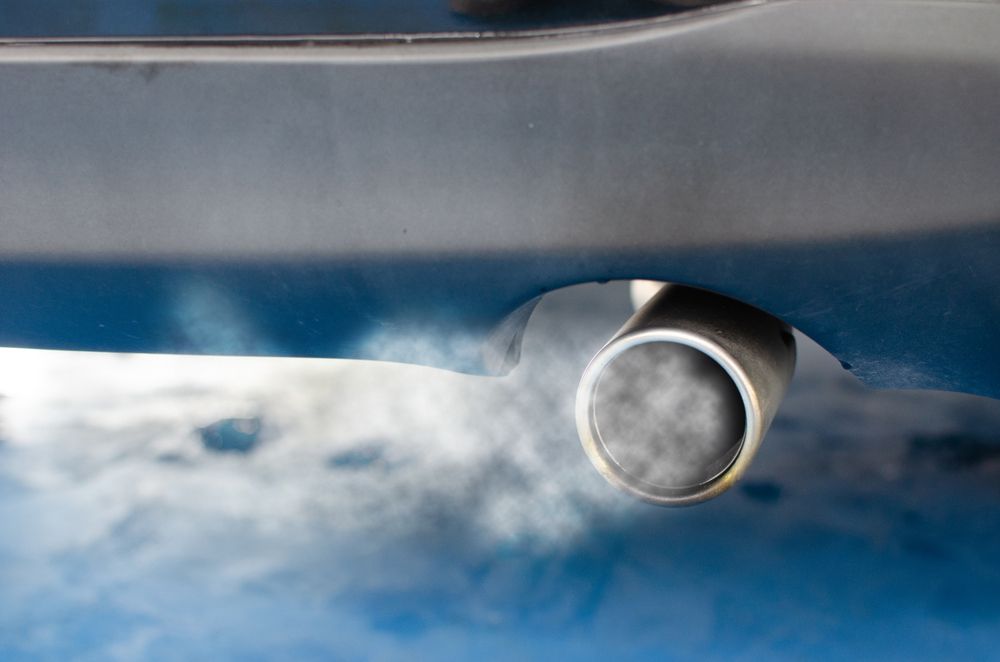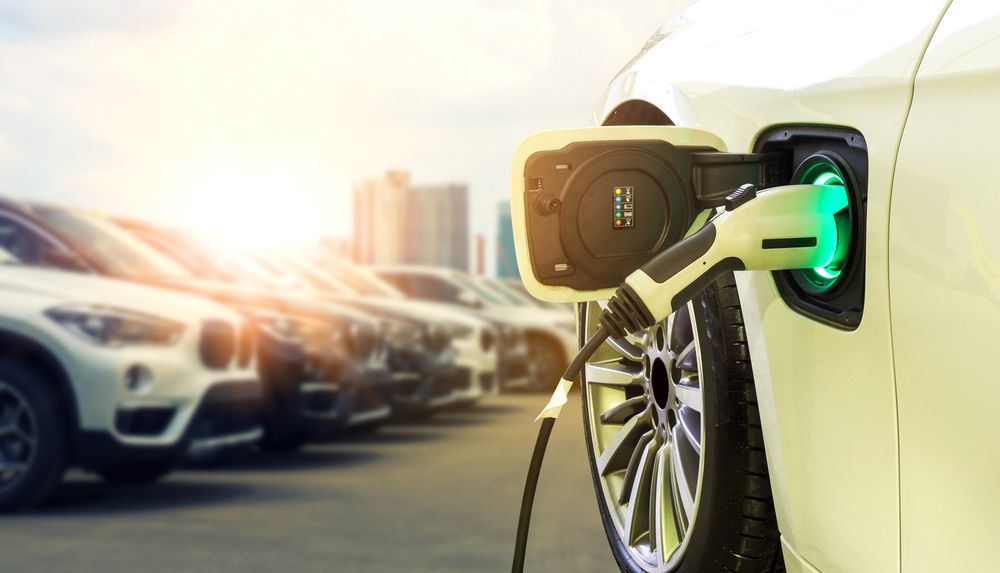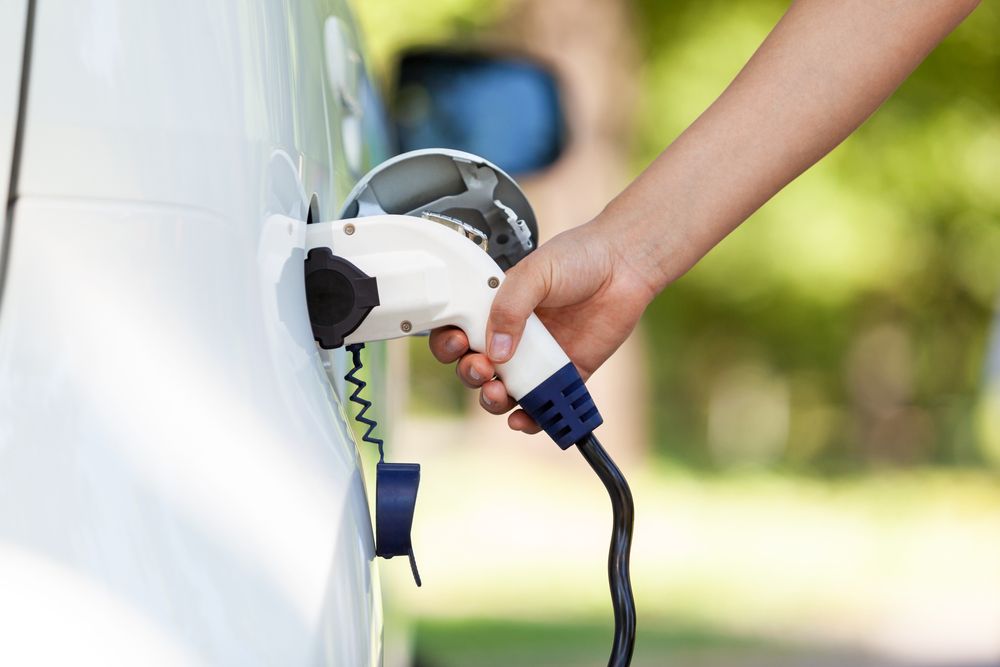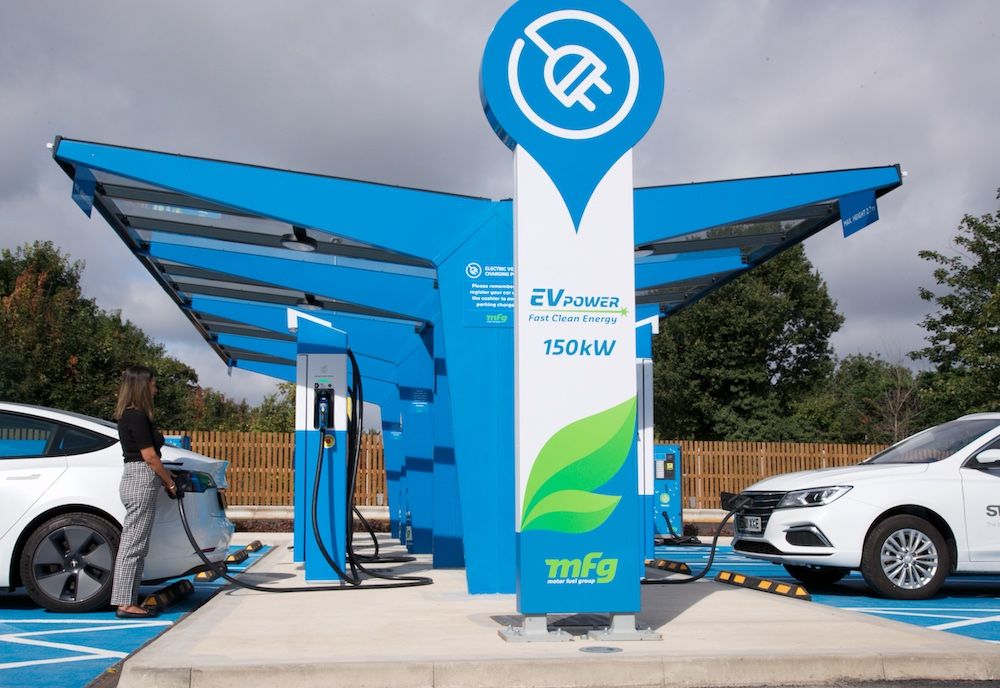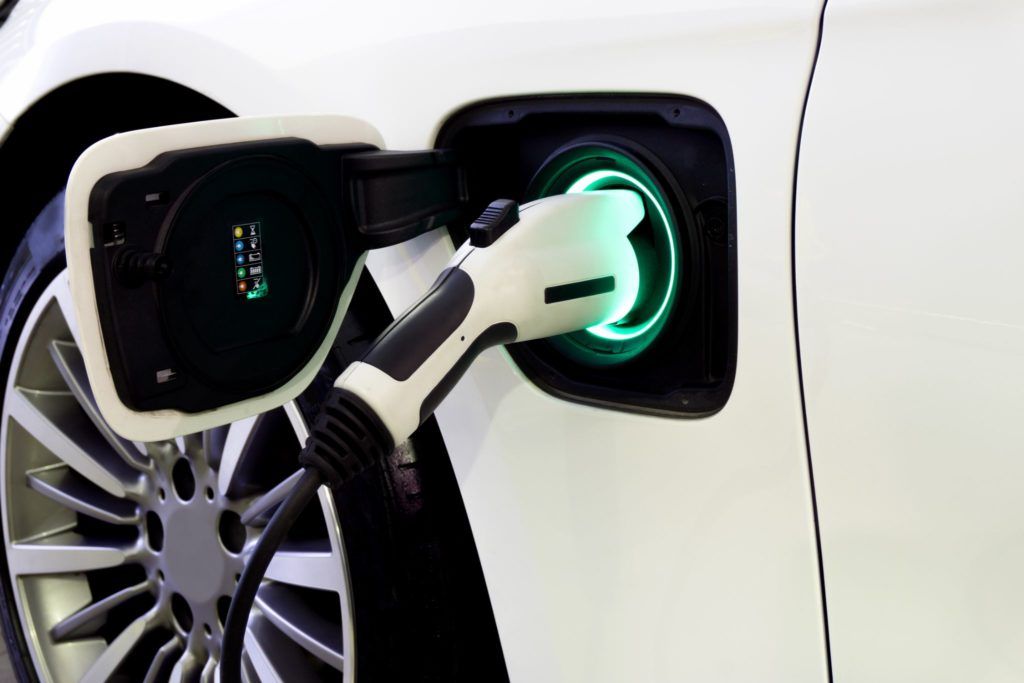As London’s ULEZ expands from Monday, one way for operators of larger vehicles to meet the challenge is to adopt approved vehicle retrofit solutions for cutting polluting emissions.
The new London ULEZ begins operation from October 25th and will be 18 times the size of the current central area, covering the area within the North and South Circular roads (but not these roads themselves), so will affect many more drivers and vehicle operators.
The Zone, which will operate 24/7 (except Christmas Day) is estimated to affect 100,000 cars, 35,000 vans and 3,000 lorries.
Transport for London says that the original central London ULEZ has seen air pollution reduced by half.
The Clean Vehicle Retrofit Accreditation Scheme (CVRAS), jointly operated by Energy Saving Trust and Zemo, identifies which CVRAS-approved companies and emission reduction systems suit vehicles best, based on make, model and engine type.
It supports companies’ efforts to improve their fleets, and lists the only retrofit options available that comply with the regulations for the Ultra Low Emission Zone in London, Clean Air Zones and Scotland’s Low Emission Zones, all of which use the same vehicle standard thresholds.
Zemo Partnership has recently published an updated Clean Vehicle Retrofit Technology Guide to highlight the role that the wide range of retrofit technologies can play in improving air quality by cleaning up the existing vehicle fleet.
The Guide gives vehicle operators and local authorities an understanding of national air quality frameworks for reducing roadside NO2 concentrations, providing case studies with examples of a range of accredited retrofit technologies that achieve Euro VI-equivalent levels of emissions through the CVRAS.
The Guide covers technologies accredited for buses, coaches, trucks, refuse collection vehicles and black cabs and many are applicable to vans and minibuses.
Zemo Partnership’s Project Manager, Dan Hayes, said: “Retrofit solutions have been one of the key ’tools in the box‘ to help owners of existing vehicles meet the strengthening emissions requirements without completely replacing their fleet in one go.
“Twenty years ago the uptake of particulate traps was accelerated in this way and, today, NOx reduction technologies (mandated on all new vehicles) are now available to be retrofitted to a wide range of commercial vehicles. With funding support available in many local areas, retrofitting can be an attractive option for hard pressed operators to clean up emissions from existing vehicles.”
Image: Shutterstock



